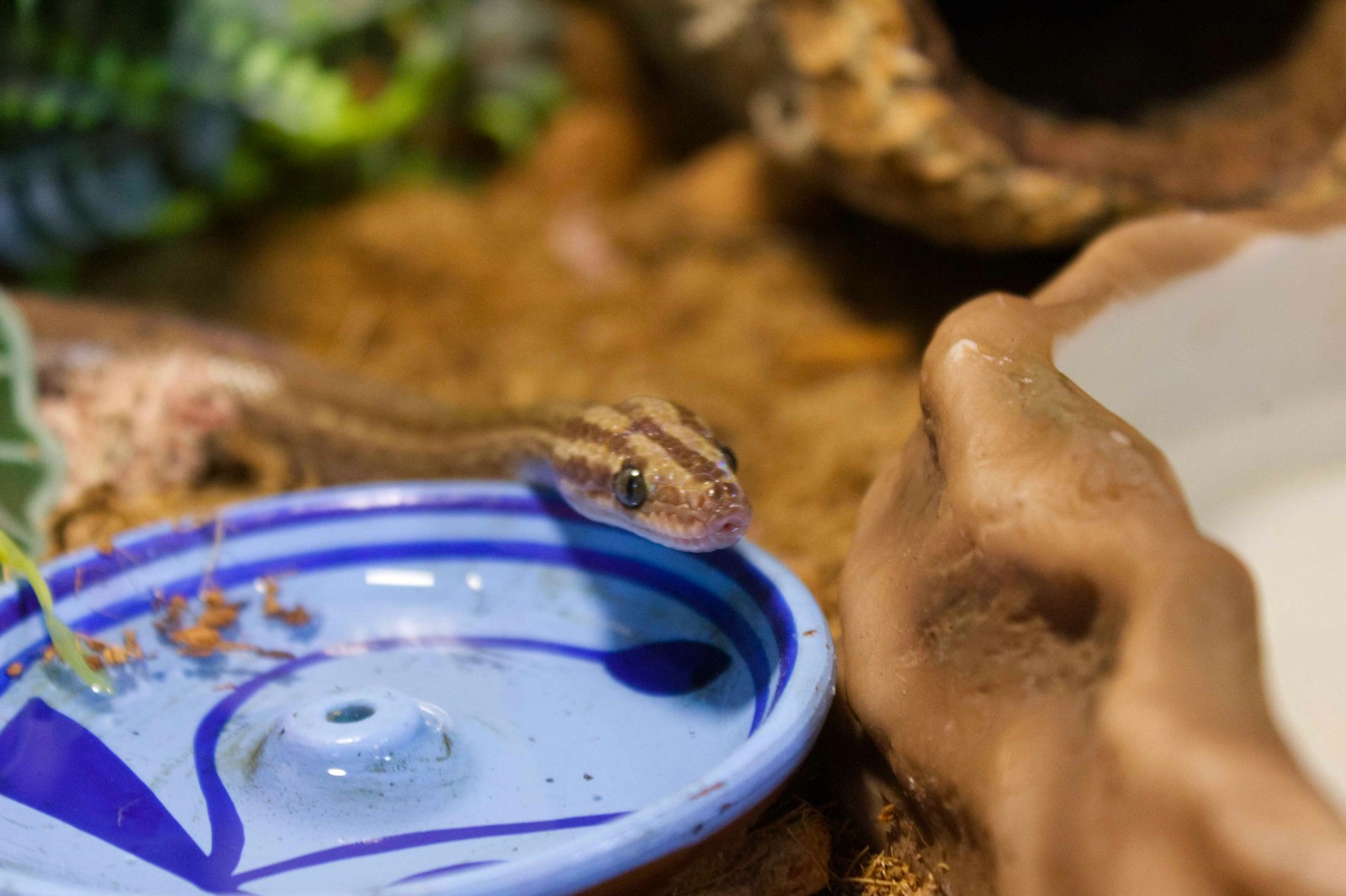The relationship between humans and their pets is often characterized by emotional bonds and displays of affection. Dogs wag their tails when their owners return home, cats purr when petted, and even some birds can show clear signs of attachment to their human caregivers. But what about reptiles, particularly snakes? As these scaly companions become increasingly popular as pets, many owners wonder whether their serpentine friends are capable of forming emotional connections or displaying affection. This article explores the fascinating world of snake behavior, examining whether what we perceive as “affection” in pet snakes is genuine emotional attachment or something else entirely.
Understanding Snake Cognition
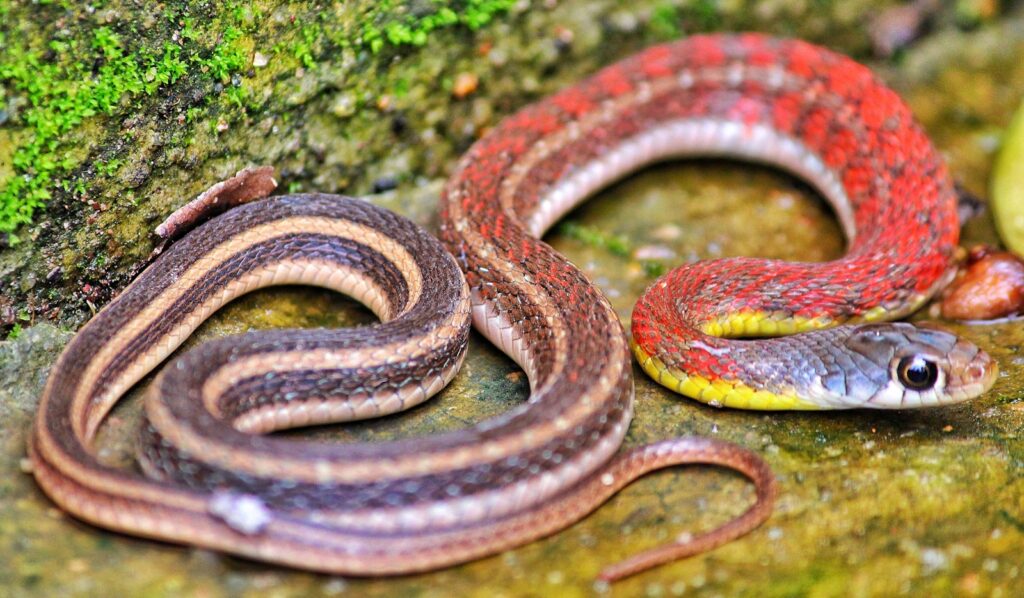
Snakes possess a relatively primitive brain structure compared to mammals, lacking the neocortex that processes complex emotions in humans and other mammals. Their brains are primarily focused on survival functions—finding food, avoiding predators, regulating body temperature, and reproducing. This fundamental neurological difference means snakes don’t experience emotions in the way humans do. They operate primarily on instinct and basic learning patterns rather than emotional reasoning. While they can recognize familiar scents and situations, their cognitive processes don’t allow for the complex emotional connections that mammals form. Understanding this biological reality helps set appropriate expectations for the types of interactions we might have with pet snakes.
The Anthropomorphism Trap
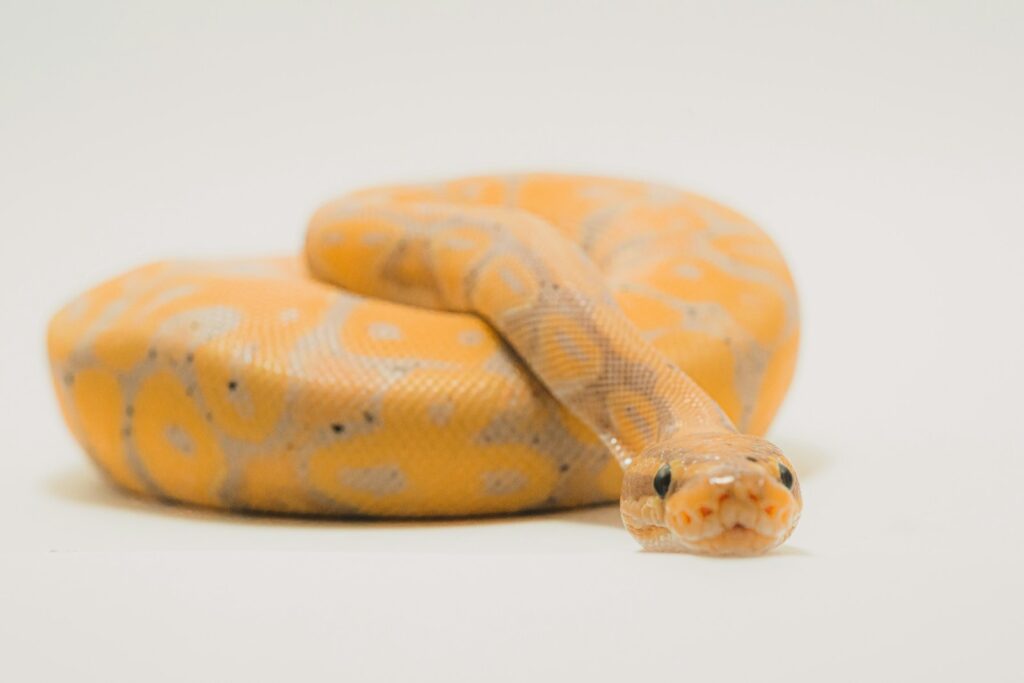
Humans have a natural tendency to attribute human characteristics, emotions, and intentions to non-human animals, a phenomenon known as anthropomorphism. When a snake curls around an owner’s arm or seeks warmth against their body, it’s tempting to interpret these behaviors as signs of affection or bonding. However, herpetologists caution against this interpretation, as it often leads to misunderstanding snake behavior. What appears to be a “cuddle” is typically the snake seeking warmth, stability, or security rather than emotional closeness. Recognizing our tendency to anthropomorphize helps us interpret snake behavior more accurately and develop more realistic expectations of our pet snakes. This doesn’t diminish the relationship, but rather helps us appreciate these fascinating creatures on their own terms.
The Science of Snake Behavior
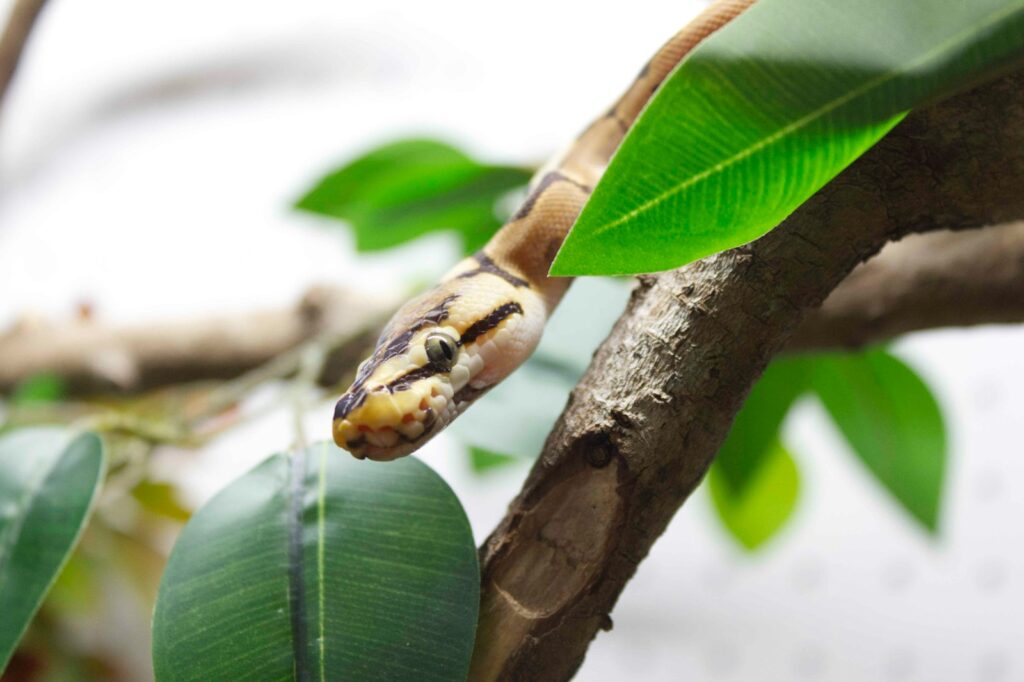
Snake behavior is primarily driven by survival instincts rather than emotional states. Their actions typically serve one of several basic functions: thermoregulation (maintaining optimal body temperature), seeking safety, hunting, or reproductive behaviors. Snakes are ectothermic, meaning they rely on external heat sources to regulate their body temperature, which explains why they often seek contact with warm human bodies. Studies in reptile behavior show that snakes can develop behavioral patterns based on positive experiences, like associating their handler with food or comfortable handling. However, these associations differ fundamentally from emotional bonds. Understanding the science behind snake behavior provides a framework for interpreting their actions without projecting human emotions onto them.
Recognition vs. Affection
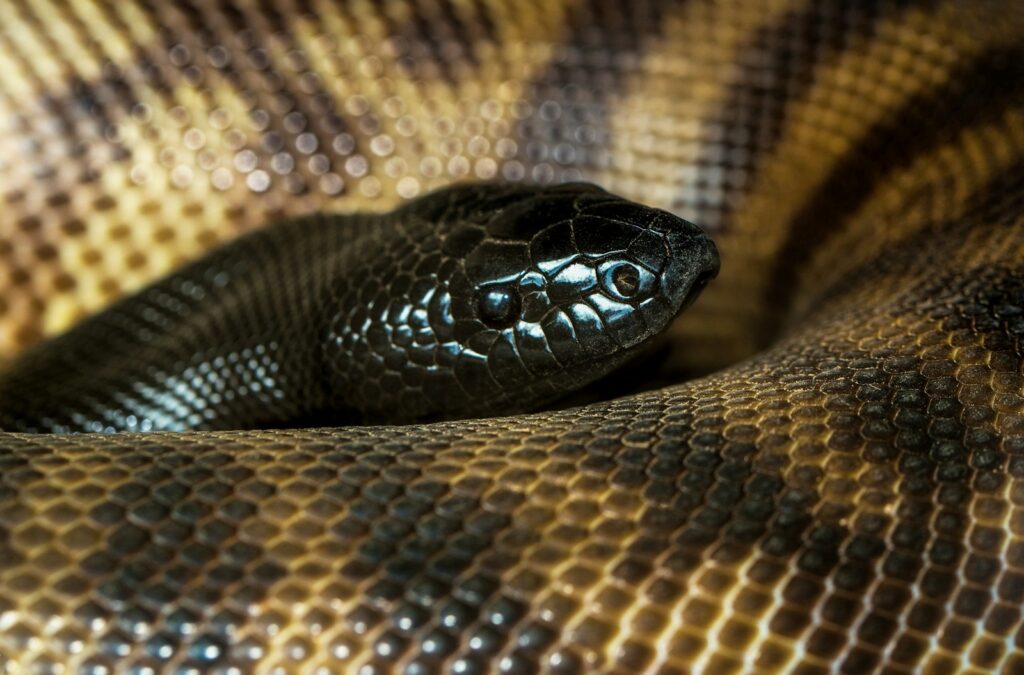
Research suggests that snakes can recognize their regular handlers through chemical cues. They detect familiar scents and can associate those scents with non-threatening experiences, which may lead to more relaxed behavior around their primary caretakers. This recognition can sometimes be mistaken for affection when the snake shows preferences for particular people. For example, a snake might appear more comfortable being handled by its owner than by strangers, leading to the impression that the snake “likes” its owner. While this recognition is real, it’s important to distinguish it from genuine affection. The snake is responding to familiar scents and learned associations rather than experiencing emotional attachment. This recognition-based familiarity forms the basis of what we might consider a snake-human relationship.
Comfort-Seeking Behaviors
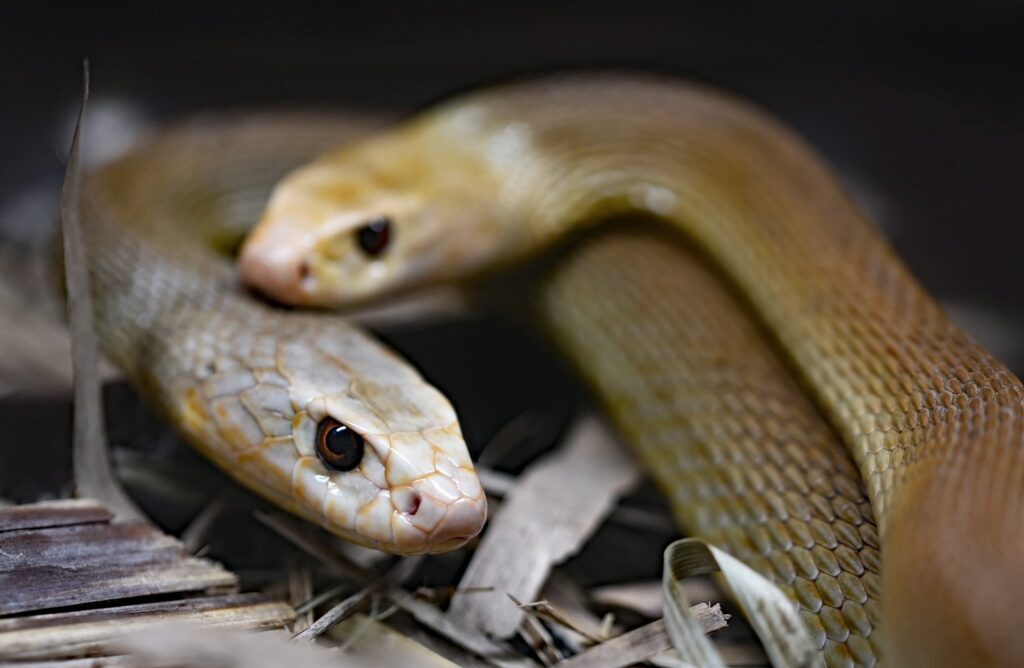
Many behaviors that snake owners interpret as affectionate are actually comfort-seeking behaviors. When a snake wraps around your arm or neck, it’s primarily seeking stability, security, and warmth rather than showing affection. This behavior stems from the snake’s natural instinct to find secure perches in the wild. Similarly, a snake that remains calm during handling isn’t necessarily displaying affection but has simply learned that handling doesn’t represent a threat. Ball pythons, for instance, often curl into a ball when they feel secure, which some owners might mistake for cuddling. Understanding that these behaviors are comfort-seeking rather than affection-demonstrating helps owners interpret their snake’s actions more accurately and provide better care based on the snake’s actual needs.
Trust Building with Snakes
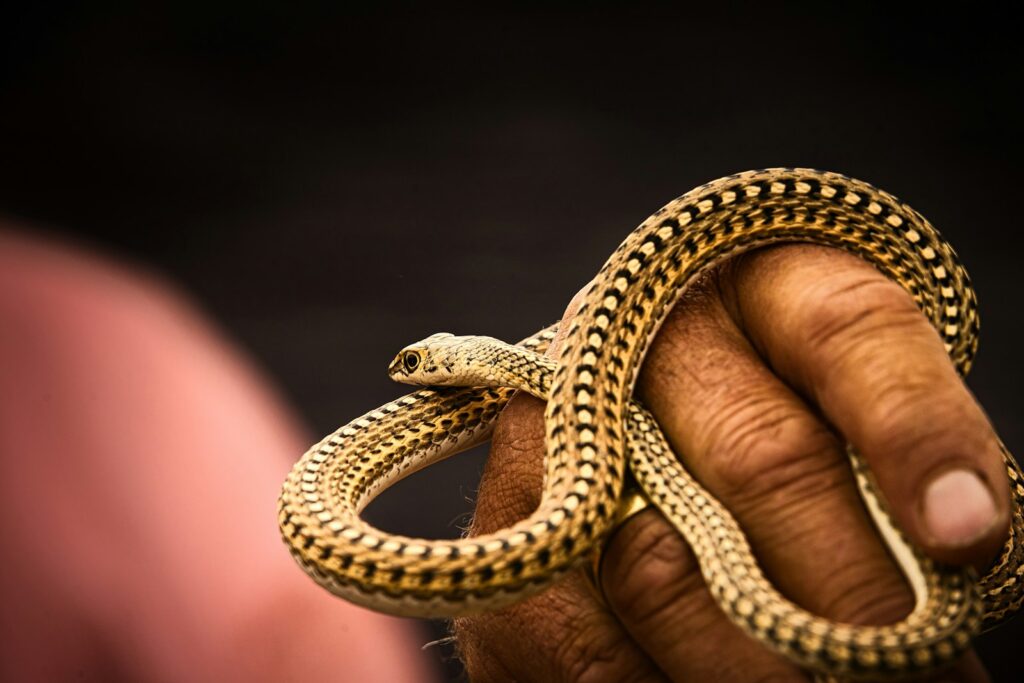
While snakes may not form emotional bonds in the mammalian sense, they can develop a form of trust with their handlers. Consistent, gentle handling and positive associations can help a snake learn that its owner doesn’t pose a threat. This trust-building process is evident when previously defensive snakes become calmer over time with regular, appropriate handling. For example, a snake that initially hisses or strikes when approached may eventually accept handling without signs of stress. This process doesn’t indicate growing affection but rather increased tolerance based on learned experiences. Building trust with your snake requires patience, consistency, and respect for the animal’s natural behaviors and limitations. Creating positive associations through proper handling techniques and environmental enrichment contributes significantly to this trust development.
Stress Signals in Snakes
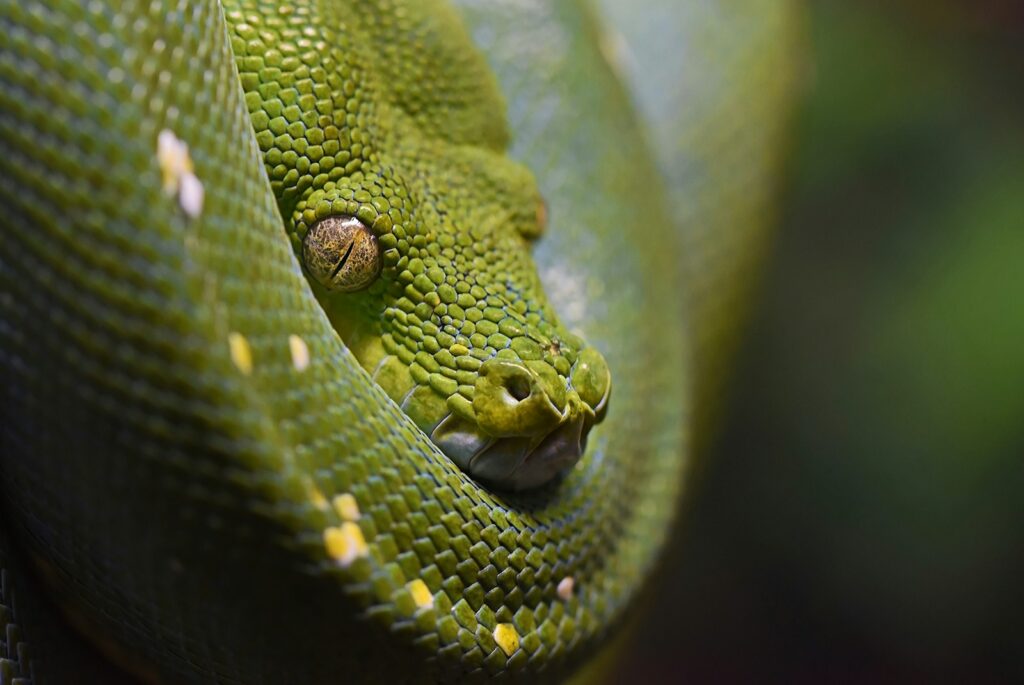
Understanding when a snake is stressed is crucial for interpreting their behavior accurately and ensuring their wellbeing. Common signs of stress in snakes include rapid breathing, rigid body posture, striking, excessive hiding, refusal to eat, and defensive postures like hissing or coiling. These behaviors indicate that the snake feels threatened rather than comfortable. For instance, a ball python that consistently refuses handling and tightly coils itself isn’t showing a lack of affection but is communicating discomfort. Recognizing these stress signals helps owners avoid mistaking defensive behaviors for personal rejection. By learning to read these cues, snake owners can adjust their handling practices and create a more comfortable environment for their pet, which ultimately leads to more positive interactions.
Species Differences in Snake Sociability
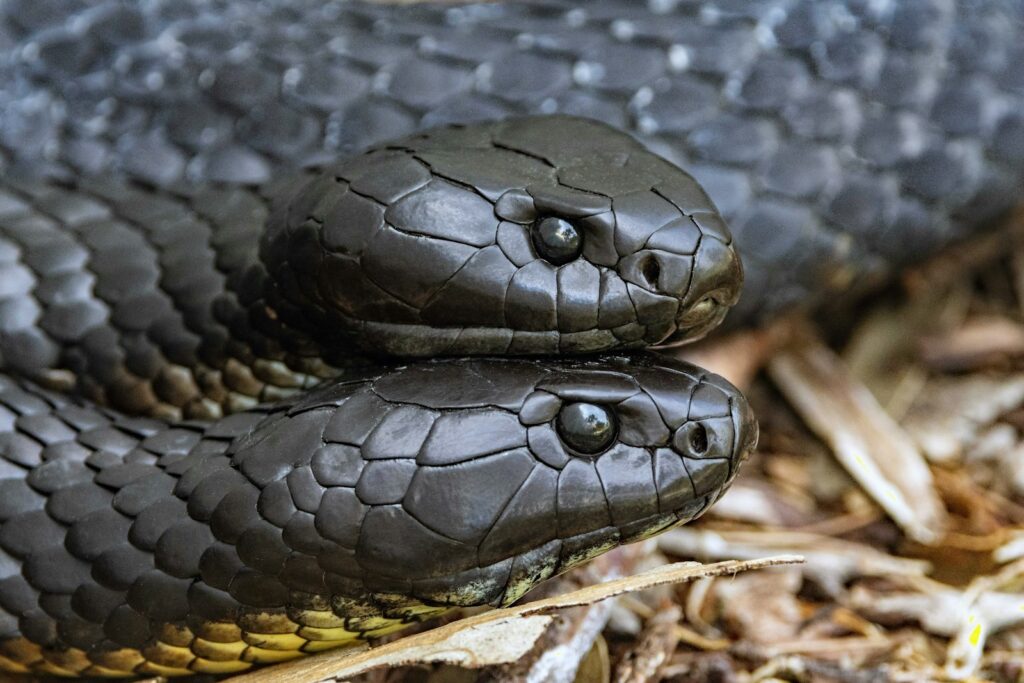
Not all snake species display the same level of tolerance for handling or interaction. Some species, like corn snakes and ball pythons, are generally known for their docile temperaments and typically adapt well to regular handling. These species often appear more “sociable” to humans. In contrast, species like green tree pythons or certain venomous snakes tend to be more defensive and less tolerant of handling. It’s also worth noting that individual snakes within the same species can have different personalities and comfort levels with human interaction. Some individuals may be naturally more tolerant of handling than others, regardless of species. Understanding these species differences and individual variations helps owners develop realistic expectations about their particular snake’s behavior and potential for interaction.
The Role of Positive Associations
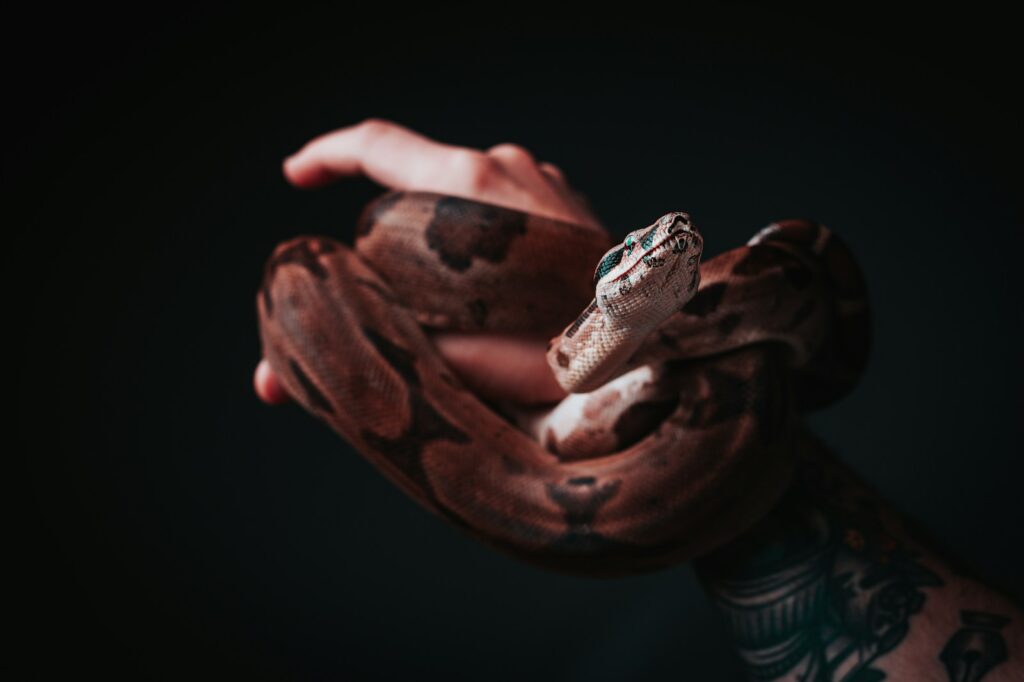
While snakes may not experience affection, they can form positive associations with their handlers. These associations develop when the snake links its owner with positive experiences like food, warmth, or security. For example, a snake may become more active when it sees its regular feeder, not out of affection but because it associates that person with food. Some owners report that their snakes will voluntarily approach them or remain calm during handling, behaviors that result from these positive associations rather than emotional attachment. Creating these associations requires consistency in care routines and handling practices. Gentle, predictable handling sessions that respect the snake’s comfort zones help build these positive associations over time. These associations, while not emotional bonds, can lead to more rewarding interactions between snakes and their owners.
Comparing Snake Behavior to Other Reptiles
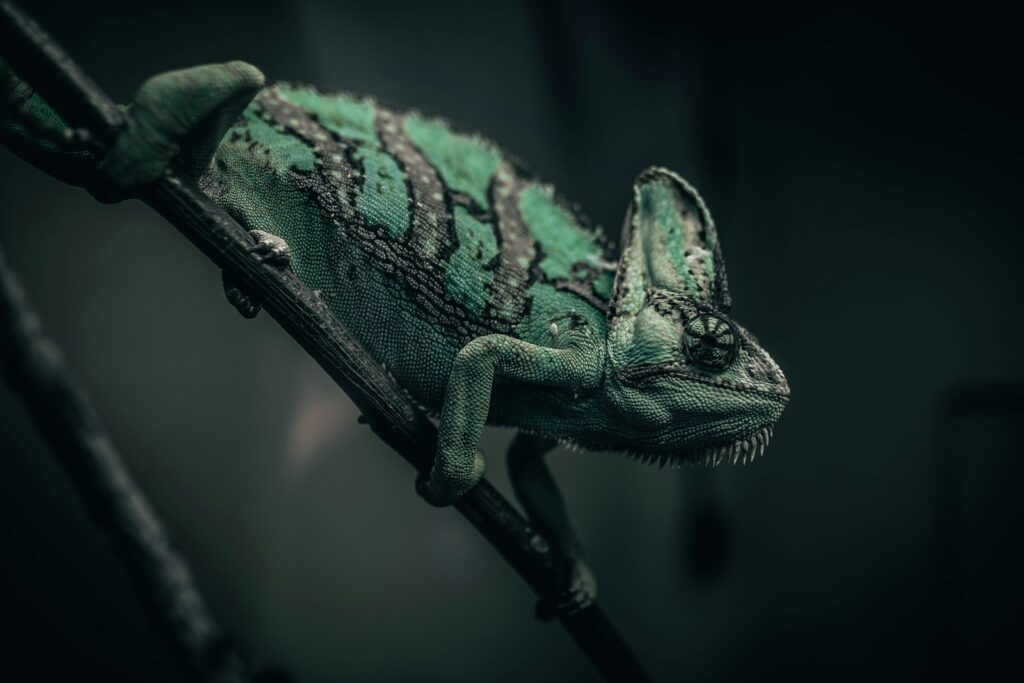
While snakes may not display affection, some other reptiles show behaviors that more closely resemble social bonding. Certain species of lizards, like bearded dragons and tegus, demonstrate more complex social behaviors and may seem to enjoy interaction with their human caretakers. These lizards sometimes seek out their owners and appear to enjoy being petted or handled. Tortoises can also recognize their caretakers and may approach them voluntarily. These differences stem from variations in brain structure and natural social behavior among reptile species. Snakes are primarily solitary creatures in the wild, while some lizard species have more complex social structures. These fundamental differences in natural history explain why snakes typically don’t display the same level of interactive behavior that might be seen in other reptiles.
Creating Meaningful c Relationships
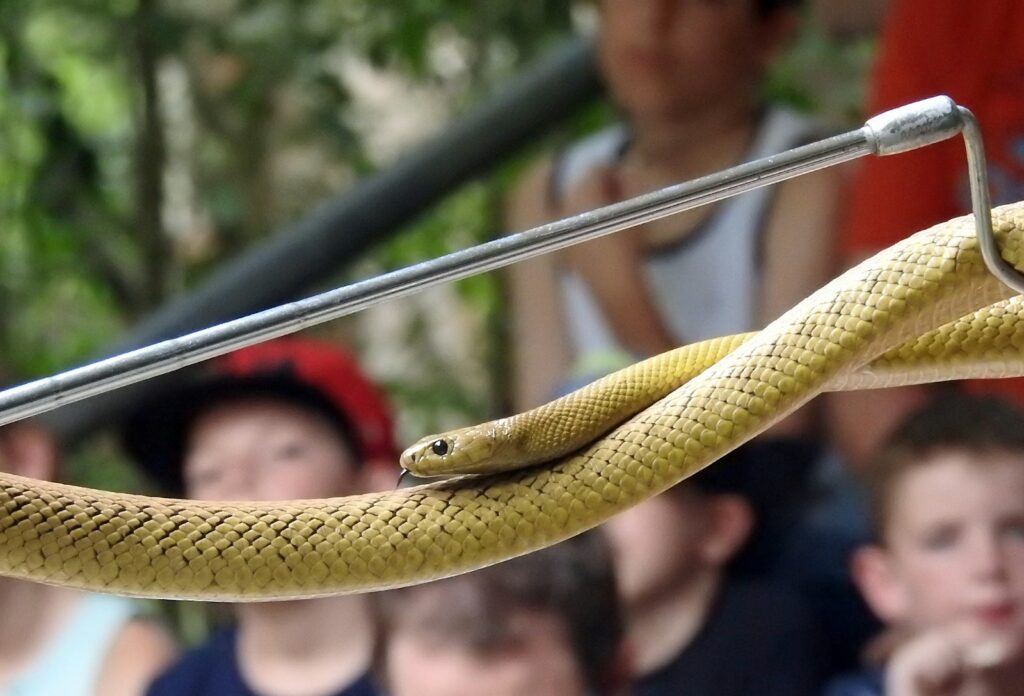
Even though snakes may not experience affection as mammals do, owners can still develop meaningful relationships with their serpentine pets. This relationship is built on understanding and respecting the snake’s natural behaviors and needs rather than expecting emotional reciprocity. Successful snake owners find fulfillment in providing optimal care, observing natural behaviors, and developing mutual comfort during handling sessions. The relationship becomes rewarding when owners appreciate the snake for what it is—a fascinating reptile with unique adaptations and behaviors—rather than expecting it to fulfill emotional needs. Many dedicated snake keepers report deep satisfaction in their relationships with their snakes, even while recognizing the limitations of snake cognition. This respect-based relationship acknowledges the snake’s nature while still allowing for meaningful human-animal interaction.
Practical Tips for Bond Building
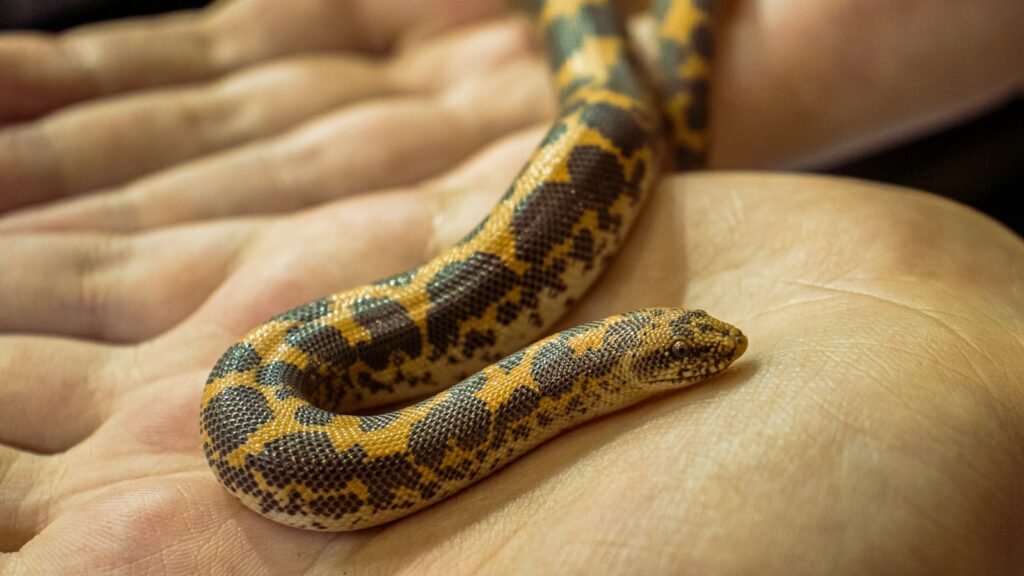
While traditional “bonding” may not apply to snakes, there are practical ways to develop a positive relationship with your serpentine pet. Regular, gentle handling sessions that respect the snake’s tolerance levels help create positive associations. Maintain a consistent handling routine, starting with short sessions (5-10 minutes) and gradually increasing duration as the snake shows comfort. Always support the snake’s body properly and avoid sudden movements that might trigger defensive responses. Feeding should be done using tongs rather than your hands to prevent the snake from associating your scent with food, which could lead to accidental bites. Creating a secure, appropriately-sized enclosure with proper temperature gradients, hiding spots, and enrichment elements helps your snake feel secure. When a snake feels safe in its environment, it’s more likely to display relaxed behavior during handling sessions.
The Value of Snake Companionship
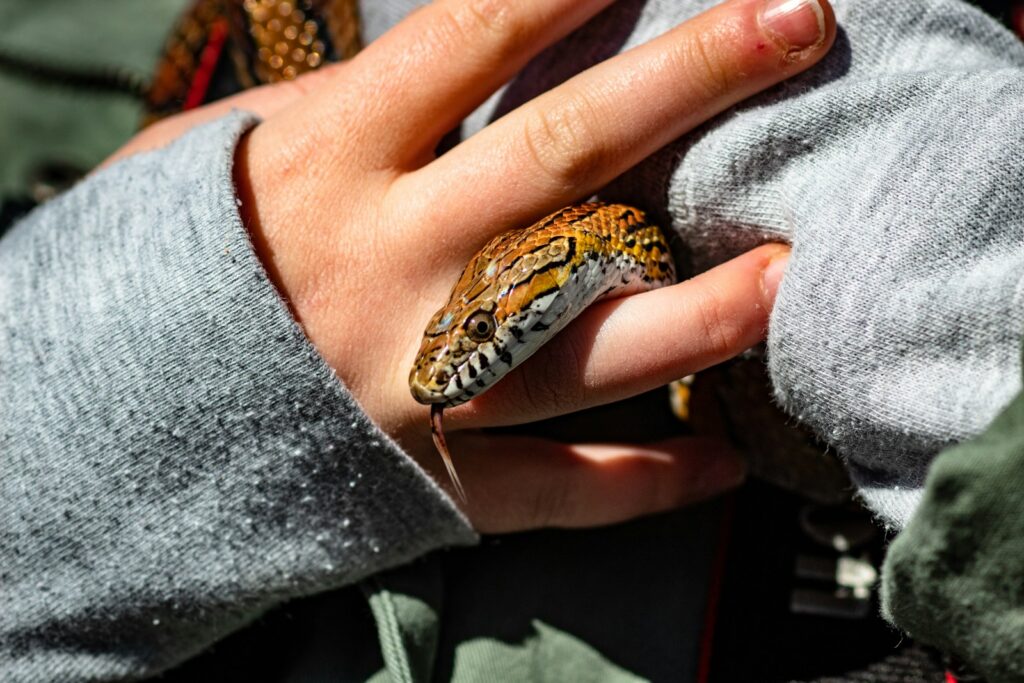
Though snakes may not provide affection in the traditional sense, they offer a unique form of companionship that many owners find deeply rewarding. There’s something meditative about observing a snake’s graceful movements or feeling its muscles work as it explores your arms during handling. Many snake owners report that caring for these animals provides a connection to nature and a greater appreciation for wildlife. The responsibility of maintaining a snake’s health and environment can be fulfilling, and successfully meeting these complex needs brings its own satisfaction. Some owners also appreciate the low-demand nature of snake ownership, as these pets don’t require emotional validation or constant attention like many mammals do. The snake-human relationship, while different from relationships with dogs or cats, offers its own unique rewards that many enthusiasts find just as meaningful.
Conclusion: Appreciating Snakes on Their Own Terms
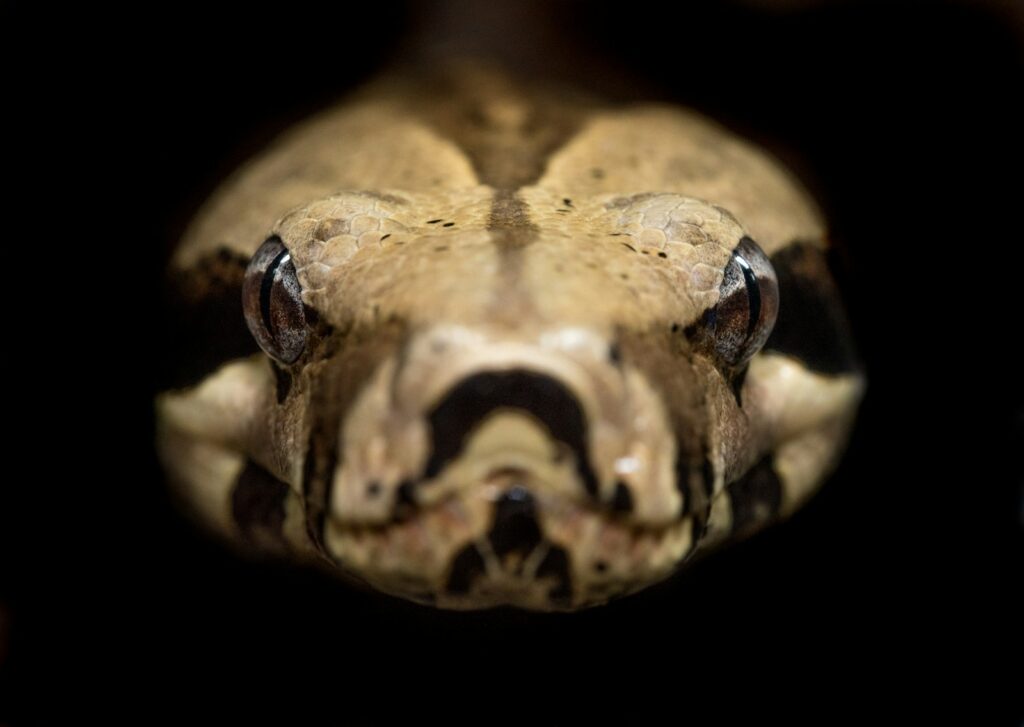
While pet snakes likely don’t experience affection as mammals do, this doesn’t diminish their value as fascinating companions. Rather than projecting human emotions onto these ancient reptiles, the most rewarding approach is to appreciate snakes on their own terms—as remarkable creatures with unique adaptations and behaviors shaped by millions of years of evolution. The relationship between snake and owner is built not on emotional reciprocity but on respect, proper care, and appreciation for the snake’s natural behaviors. Many snake owners find deep satisfaction in providing excellent care and observing these elegant predators up close. By understanding the true nature of snake behavior and setting realistic expectations, reptile enthusiasts can develop meaningful, mutually beneficial relationships with their scaly companions that honor the snake’s true nature while still providing human keepers with a unique and rewarding pet experience.

